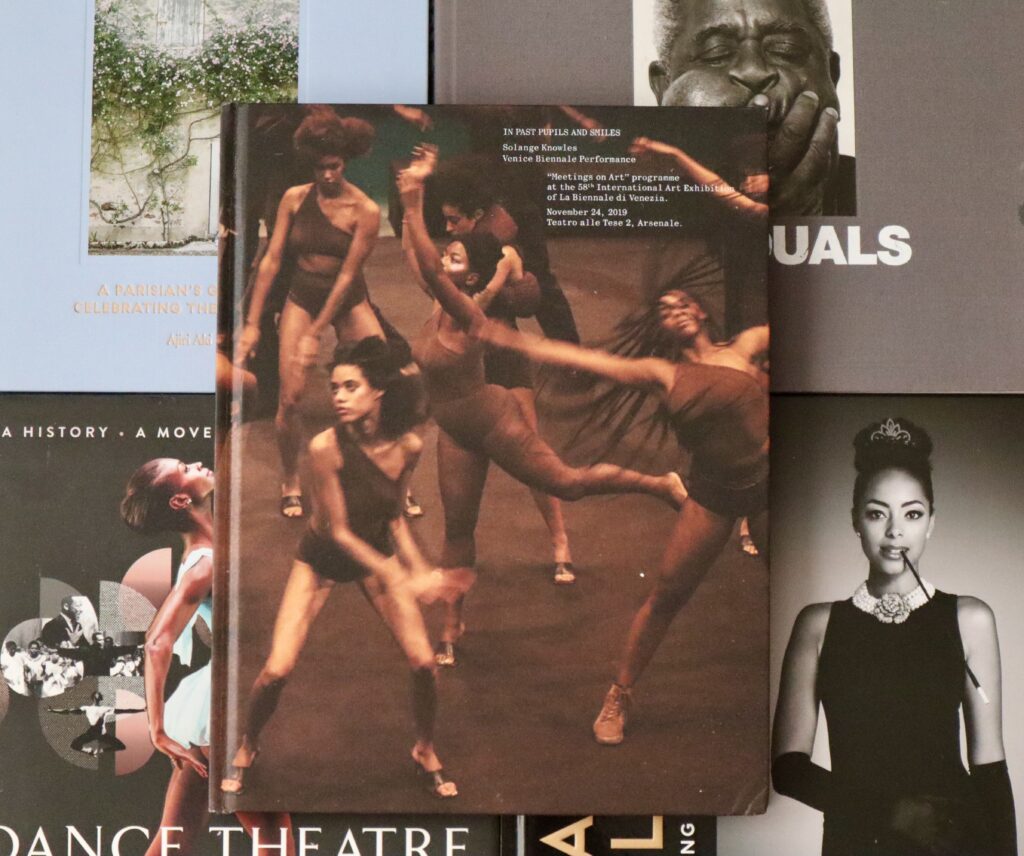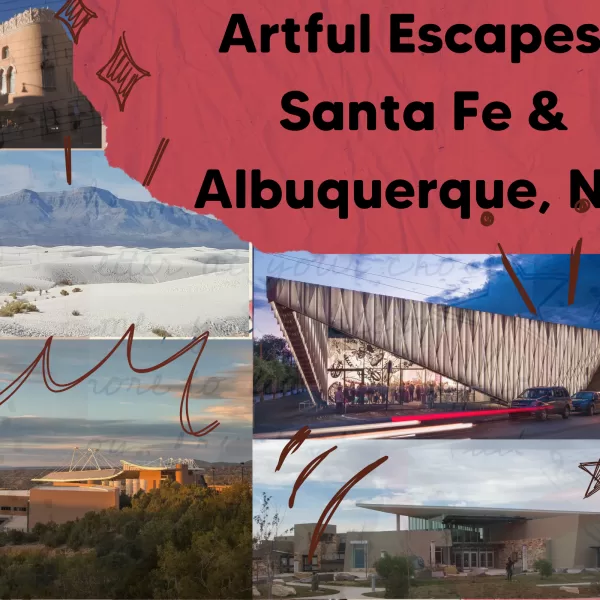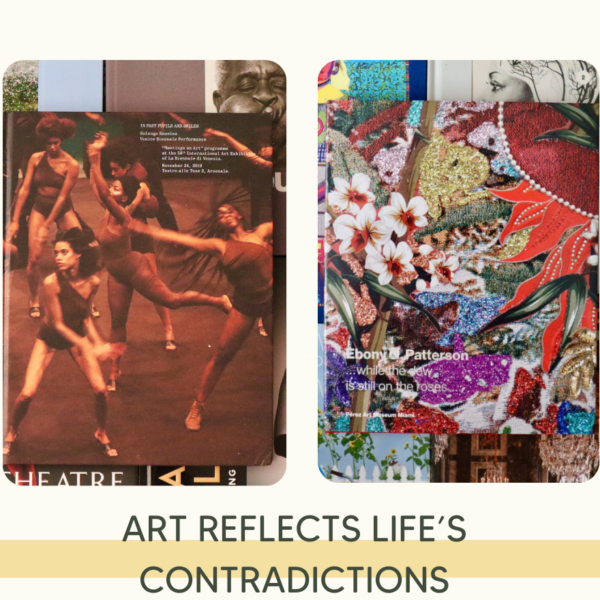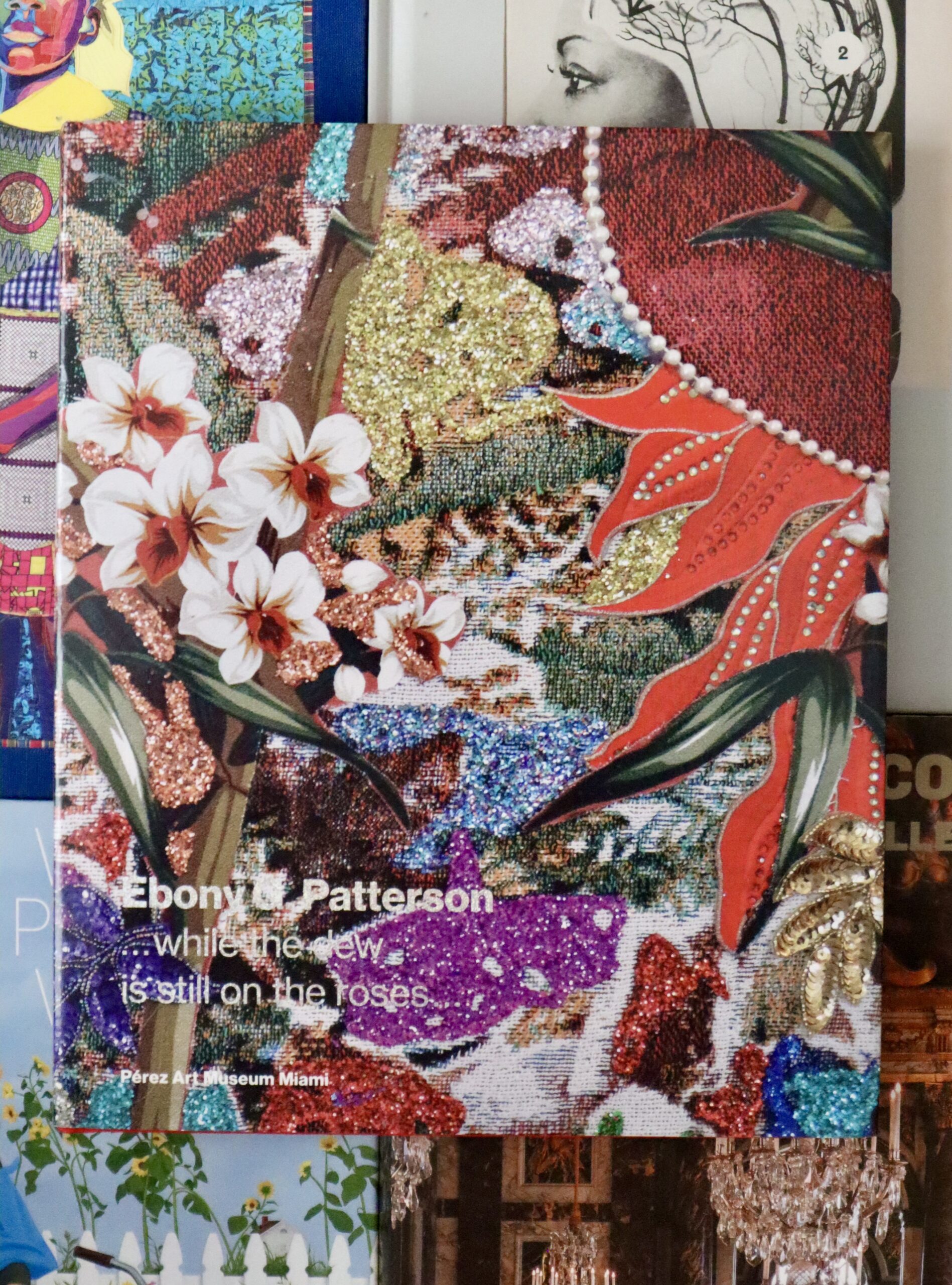Some artists move through the world like echoes—reverberating through genres, blurring the lines between form, and reshaping our understanding of what art can be. Solange Knowles is one of those artists. Her work is not just about music, fashion, or performance it is the space between them, a seamless fusion of sound, movement, and image that invites us to experience art in a new way. In Past Pupils and Smiles is a continuation of that vision.
At first glance, the book may seem like a collection of striking images, but it’s something far more immersive. It’s an invitation. A world within a world. A stage where every detail every pose, every shadow, every vibrant burst of color feels intentional, layered with meaning and emotion. With each turn of the page, you step deeper into Solange’s carefully curated universe, where visual art, performance, and music exist as one.
Her ability to weave these elements together is what makes her work feel so expansive. She doesn’t just create art she builds experiences. Spaces where avant-garde experimentation meets cultural storytelling, where high fashion holds hands with personal truths, and where the deeply emotional coexists with the sharply conceptual. Solange’s work reshapes how we engage with contemporary art, demanding that we see beyond aesthetics and step into something lived, something felt.
In Past Pupils and Smiles is more than a coffee table book it’s a manifesto. A love letter to art as a lived, embodied experience. Bold, introspective, unflinchingly original, much like Solange herself. For anyone drawn to the intersection of music, art, and identity, this book is a revelation.
Let’s Chat
What was your first encounter with Solange as an artist? How did it shape your perspective? Drop your thoughts in the comments I’d love to hear!
Personal Reflection
The moment I first saw the cover of In Past Pupils and Smiles, I couldn’t help but think of Pina Bausch’s Rite of Spring. The poised figure on the cover, cloaked in layers of texture and meaning, mirrors the raw intensity of Bausch’s choreography. There’s a shared language between them graceful yet grounded, delicate yet commanding. Both invite us into something visceral, something that lingers long after the final note, the last frame, the closing of a book.
You don’t need a plan just curiosity. The Art of Wonder is a self-paced 4-week course to help you slow down, notice more, and reawaken your creative gaze. HERE!




Leave a Reply